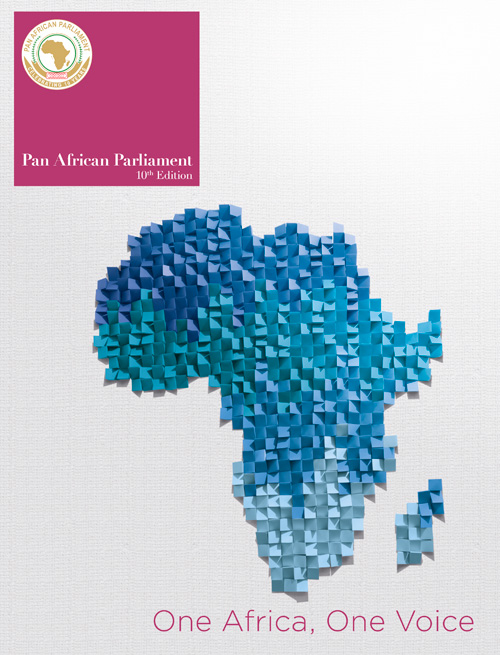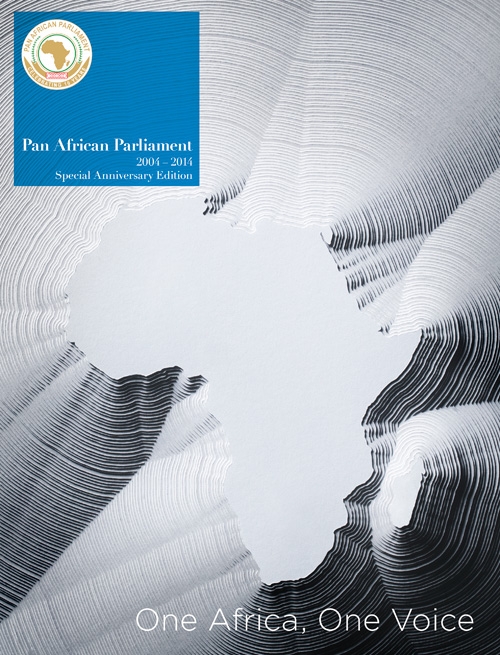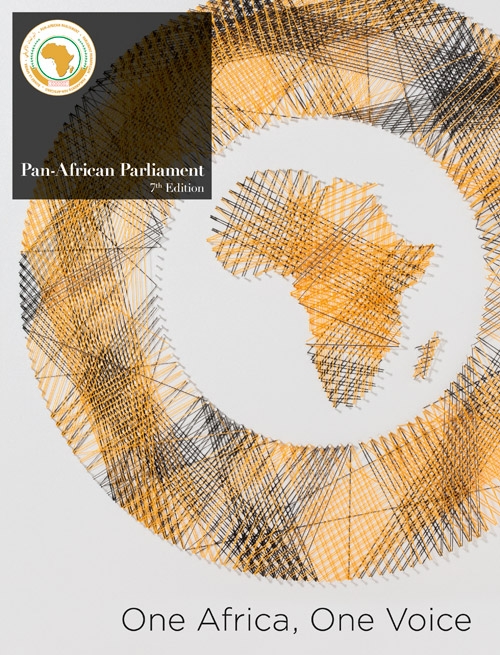
2010 SESSION
The Committee met from 5–6 August 2010. These meetings were devoted to the assessment of the Millennium Development Goals (MDGs) in Africa as well as discussions on the PAP’s critical situation.
The Committee’s stated objective was to produce a report that would take stock of problems that have hindered and continue to obstruct the functioning and activity of the PAP.
In the two years since the PAP began its second term, the same problems continue to hinder the Parliament.
Budgetary issues and disputes with the AU persist. The Committee believed it was time to put the PAP’s differences with the AU before the summit of Heads of State for arbitration.
The only information about the situation in Africa seemed unreliable
Differences in interpreting texts that govern all organs of the AU – including the PAP – should be placed before the African Court of Justice.
The Committee’s opinion was that a lack of communication and co-operation existed between various organs of the PAP and the AU. The Committee insisted upon regular co-ordination meetings with either the Permanent Representatives’ Committee of the AU, the Executive Council or the AU Commission, which had just been granted executive power. These meetings should enable the PAP to state its point of view.
The information provided by the Nepad and the African Peer Review Mechanism – although quite substantial – was not sufficient to assess the PAP’s development programmes.
To date, the shortage of information and statistics has not enabled the PAP to create an objective opinion on the development results achieved. The only information about the situation in Africa seemed unreliable, if not contradictory.
However, not only external factors hindered the smooth functioning of the PAP. Internal factors also slowed down its activities, such as:
- Insufficient translators.
- Permanent Committees lacked specialised assistants.
- The administration drew up the agenda of statutory sittings of Committees and did not consult with the relevant Chairperson.
- Sessions of the PAP were not given sufficient media coverage across Africa. This meant that the people represented by the Parliament were not aware of the work carried out by its representatives.
- Poor collaboration and co-ordination with national or regional Parliaments.
- The African Parliamentary Union, a continental association representing national Parliaments, has never been invited to the PAP sessions.
- No balance in the distribution of parliamentarians within permanent Committees. Consequently, some Committees have more than 30 members, while others barely have 10.
The Committee submitted its report to the PAP hoping it would demonstrate a new mindset, a voluntary discipline and a sincere willingness to embark on a new approach for permanent and fruitful collaboration with all AU organs.
2011 SESSION
The Committee submitted a report about its activities and functions during the year. Important activities included two papers presented by experts from the Nepad and AU Commission, discussions of the 2012 Action Plan and the factors that hinder the implementation of the Committee’s activities.
The first paper, entitled Infrastructure Development in Africa, was presented by Adama Deen, Head of Infrastructure Programmes and the Nepad Planning and Co-ordinating Agency. After reviewing Deen’s report, the Committee recommended that:
- Ownership of the Programme for infrastructure development in Africa be shared by national and regional Parliaments, the PAP, civil society as well as the media.
- The masterplan of seaport infrastructure needed to be elaborated upon.
- The Nepad should have parliamentary networks within national Parliaments.
- The second paper, titled the Status of Africa’s Industrial Development, was presented by Dauda Foday Suma, Industrial Development Specialist at the AU Commission.
In his paper, Suma focused on industrial development in Africa and the progression of the Action Plan for the Accelerated Industrial Development of Africa, as well as its implementation strategy.
The Nepad should have parliamentary networks
The Committee highlighted to the PAP various activities it considered important, including the clarification meetings held with the PAP Secretariat and the adoption of its 2012 Action Plan.
The following activities were included in the Committee’s Action Plan for 2012:
- Attending the regional conference to evaluate the status of the Nepad’s projects in transport and industry, scheduled for April 2012 in Burkina Faso.
- Attending a regional conference on information and communication technology to be held in October 2012 in Djibouti.
- Attending a conference on energy and climate change scheduled for May 2012 in South Africa.
- Meeting with heads of specialised divisions of the AU Commission and the Nepad experts, with presentation of reports in plenary in May 2012.
2012 SESSION
During the First Ordinary Session of the Third Parliament of the PAP from 8–19 October 2012, the Committee submitted a report on the ongoing ratification process of the African Maritime Transport Charter.
In 1994 the Organisation of African Unity (OAU) adopted a charter. However, after more than 10 years, it had still not been ratified.
During this period important regulatory, technology and political changes occurred, which subsequently rendered the charter obsolete.
A new charter therefore had to be drafted that would include the current provisions of the maritime industry and, above all, reaffirm Africa’s position in this important sub-sector.
The new charter was signed on 26 July 2010 in Kampala, Uganda. It was intended to strengthen co-operation between African states in the domains of maritime transport, navigation through inland water routes, port services and related activities.

It would also serve to promote co-operation between states as well as regional and international organisations.
The new charter was created in line with international law, which encompassed maritime transport and related activities in coastal as well as territorial waters and the exclusive economic zones of Member States, and on inland navigation water routes.
The charter extended to related activities of states that do not have coastlines. Thus, the new African Maritime Transport Charter had the following objectives, which included to:
- Define, clearly express and implement a harmonised policy on maritime transport aimed at promoting sustainable growth and development of African merchant fleets while simultaneously promoting co-operation between members of the same region as well as regions.
- Facilitate and encourage regular consultations with the view of adopting common African positions on matters related to the international policy on maritime transport and to define and find concerted solutions to problems.
- Promote bilateral and multilateral co-operation between maritime administrations of members and their respective operational bodies in the domain of maritime transport, through inland navigation routes and at the level of port activities.
- Promote the financing and realisation of studies and research by national institutions that foster the promotion and development of co-operation in maritime transport and through inland navigation, as well as port operations between members and the regions.
- Encourage the establishment of maritime and port administrations and help them discharge their duties.
- Encourage the establishment of the Shippers’ Council and to support them in the accomplishment of their missions.
- Promote the creation of national and regional maritime companies and to give them the necessary support to succeed in their activities.
- Develop and promote mutual assistance in safety and maritime security as well as the protection of the marine environment.
- Encourage the sharing of best practices among members in the management and functioning of all maritime administrations and entities that have been created in accordance with the provisions of the charter.
- Promote education and training programmes at all levels, including secondary education.
- Promote the employment of marines and decent living and working conditions for seafarers.
- Enhance the development of multimodal transport and the integration of all modes of transport.
The new African Maritime Transport Charter defines the relations between the continent’s states (coastal and inland), the appropriate institutional framework to implement this new policy, as well as relations with the private sector. It accounts for inland waterways, rivers and lakes, which today require more visibility and therefore takes into account the different transport policies at national and regional levels.
Finally, although concerns were raised about safety, security and the protection of the environment, solutions would be guided by the law of production to make sure that the future of humankind is not jeopardised.
Mindful of the importance of the charter to the development of Africa, the Committee urged the PAP to support the efforts of the AU Commission to expedite the signing and ratification of this charter.
The charter will enter into force 30 days after 15 AU member countries have ratified it. Eleven AU Member States signed the charter. However, as of 12 February 2012, no country has ratified the maritime charter.







